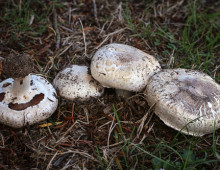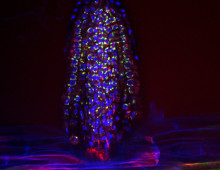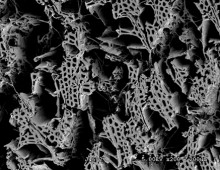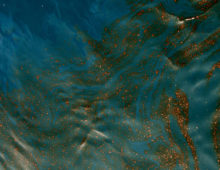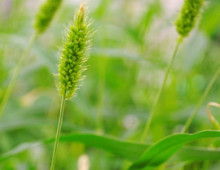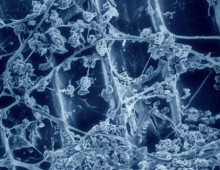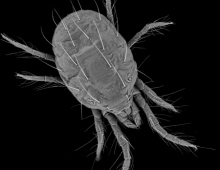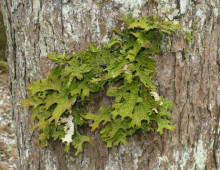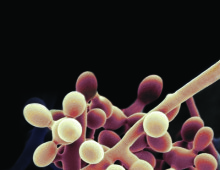Adaptable Button Mushroom Serves Up Biomass-Degrading Genes Critical to Managing the Planet’s Carbon Stores
The button mushroom occupies a prominent place in our diet and in the grocery store where it boasts a tasty multibillion-dollar niche, while in nature, Agaricus bisporus is known to decay leaf matter on the forest floor. Now, owing to an international collaboration of two-dozen institutions led by the French National Institute for Agricultural Research… [Read More]
